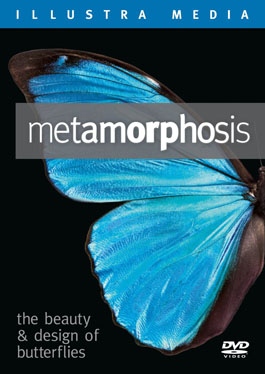|
Michael Behe One of the men who has brought an awareness of life’s biological complexities to the forefront of modern thinking is Michael Behe. His “Darwin’s Black Box” set off a firestorm of controversy in the scientific community that will be felt for many years to come.
|
|
| {iframe width=”120″ height=”240″ frameborder=”1″ scrolling=”no” }http://rcm.amazon.com/e/cm?t=creationistne-20&o=1&p=8&l=as1&asins=0743290313&fc1=000000&IS2=1<1=_blank&m=amazon&lc1=0000FF&bc1=000000&bg1=FFFFFF&f=ifr{/iframe} |
Darwin’s Black Box – Life at the molecular levelBehe’s book Darwin’s Black Box has opened the eyes of many in the scientific community and elsewhere to the tremendous sophistication of even the most basic functions within a cell. It has also open almost a war about the adequacy of evolution as an explanation of the origin of life. This book sets forth in a logical manner the why of life at the biochemical level and that it could not have “evolved”. His primary tenant is that there are systems that are irreducibly complex, meaning that they are an enclosed system with all the functionality contained therein required to sustain life. Because they are irreducibly complex they, by definition, could not have evolved, for each function of this system is necessary to sustain life and therefore could not have been added from a less complex system. It?s a great book and a good read, from a very learned man in his field.
|
| {iframe width=”120″ height=”240″ frameborder=”1″ scrolling=”no” }http://rcm.amazon.com/e/cm?t=creationistne-20&o=1&p=8&l=as1&asins=0743296222&fc1=000000&IS2=1<1=_blank&m=amazon&lc1=0000FF&bc1=000000&bg1=FFFFFF&f=ifr{/iframe} |
The Edge of Evolution – The Search for the Limits of Darwinism
The second book by Behe is long on statistics. It goes to the most basic of life forms in extent today, single celled parasites (and in particular malaria) and does the math to see how far Darwinian evolution (that is genetic mutation and natural selection) will take us. He was wise in selecting these tiny organisms since due to the shortness of their reproductive cycle (days not years), the amount of them (literally trillions) and their minimalist genetic structure Darwinian evolution has as much opportunity in a few years with these one celled organisms as it has had in millions of years for higher organisms to do its magic. So what has Darwinian evolution been able to do? Here’s an example from the edge regarding HIV: “the best current estimate is that a person infected with HIV is burdened with a total of 1 to 10 billion virus particles…. So over the course of 10 years a single person will produce more than a thousand generations of HIV… since there are approximately fifty million people worldwide infected with the virus the math points to a total of about 1020 copies of the virus having been produced in the past several decades.” And exactly what has all that evolution of HIV wrought? Very little. … the virus has been a complete stick-in-the-mud… there have been no significant basic biochemical changes in the virus at all.“ So the “edge of evolution” is measurably small compared to the vastness of complexity seen in nature. The more knowledge we gain the smaller the contribution Darwinian evolution brings to the table. |
What Behe Did NOT Say (the bigger picture..)
The subject of life at the level of the organism is briefly alluded to by Behe in the closing chapters of “The Edge”, but the principals set forth in these two books have monumental impact when applied to the subject of entire living organisms. In fact the life cycle of each species of animal is an irreducibly complex system itself composed of irreducibly complex systems. This phenomenon of “Cascading Irreducable Complex Systems”, where an organelle within a cell is dependent on the cell, which is dependent on the organ, which is dependent on the organism, brings a level of complexity which no answer can be found from Darwin. One of the reasons the ancient conundrum “what came first the chicken or the egg” cannot be solved is the question itself is in error. While the chicken and her egg may contribute to the ingredients on the breakfast table, it is the chicken and the rooster and the egg that provides the possibility of future chickens. This cycle of life for the chicken is an irreducibly complex system and another unanswered issue in the evolutionist’s list. The idea of replication by cell division produces a great enough dilemma, as anyone who has sat in a biology class and watched in wonder a film of a cell splitting can attest to. But to even speculate how a system of reproduction could “evolve” that requires the contribution of two sets of genetic materials (male and female) which then goes through a transformation process that is awe inspiring even to modern science, is truly “impossible” using the processes evolutionary theory provides, and has been widely avoided by evolutionists. The alleged evolutionary precursor to the chicken (the supposed original egg layer) didn’t have some alternate form of carrying on its species until the egg laying process “evolved”. It did not through “selection” adopt the egg method of reproduction. The cycle of life of each species is irreducibly complex in both its means and its process and each aspect of this complex process is required if the species is to continue.


Recent Comments